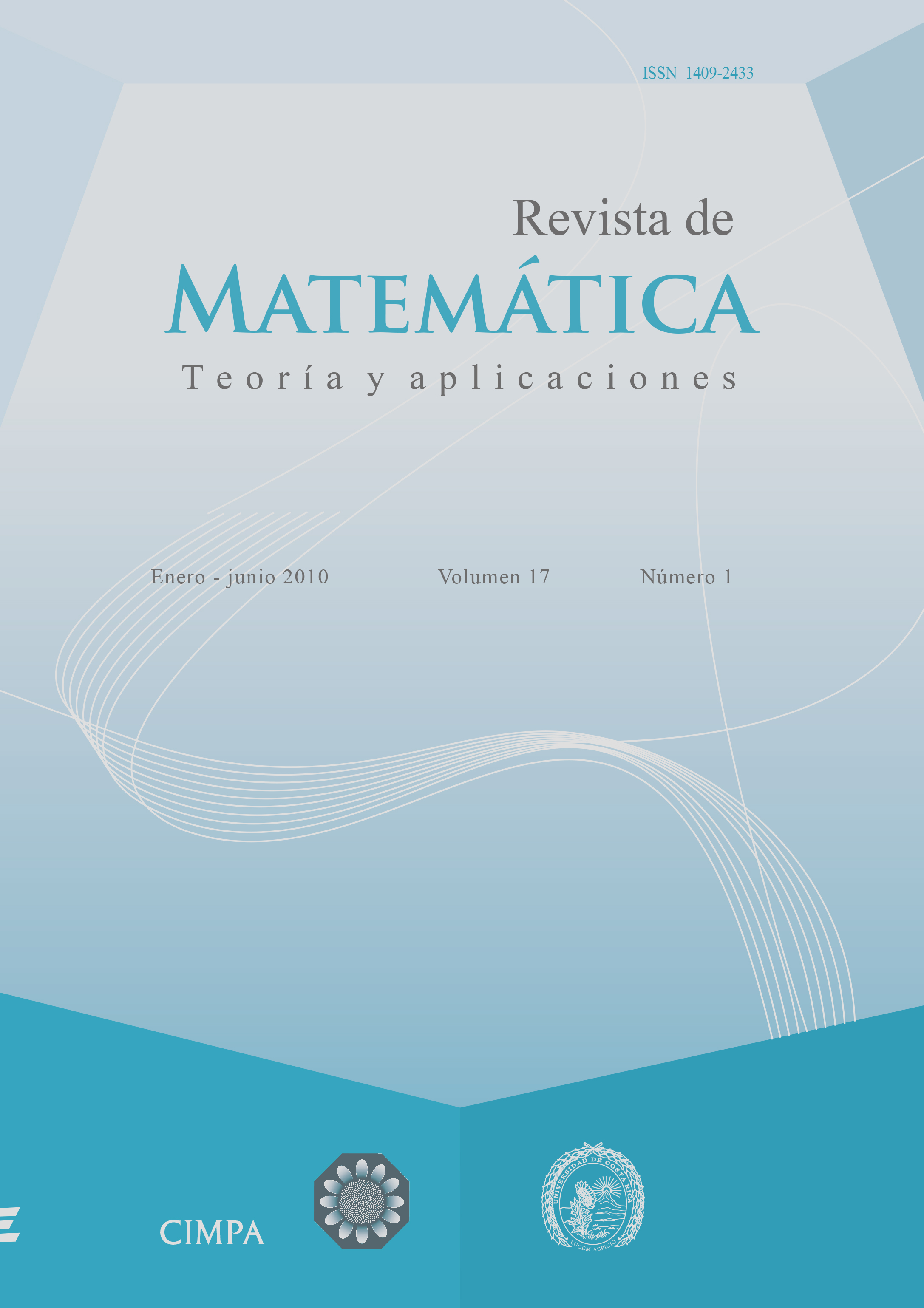Abstract
The contribution of this study is the multidimensional approach on patterns of drug use among young people. The data come from the study ”Factors that influence the consumption of drugs, juvenile population. Central region of the West” from Costa Rica, 2006. On the basis of the results obtained with a latent class model, 8 sub-
groups of individuals settle down according to the consumption of different drugs.
References
Agresti, A. (1984) Analysis of Ordinal Categorical Data. John Wiley and Sons, New York.
Andersen, E. (1991) The Analysis of Categorical Data. Springer-Verlag, Berlin.
Anderson, T. (1954) “On estimation of parameters in latent structure analysis”. Psychometrika 19(1): 1–10.
Bartholomew, D. (1987) Latent Variable Models and Factor Analysis. 2nd edition, Oxford University Press, London.
Clogg, C.C. (1995) “Latent class models: recent developments and prospects for the future”, in: C.C. Clogg; G. Arminger & M.E. Sobel (Eds.) Handbook of Statistical Modeling in the Social Sciences, Plenum, New York: 311–359.
Dempster, A.P.; Laird, N.M.; Rubin, D.B. (1977) “Maximum likelihood from incomplete data via the EM algorithm”, Journal of the Royal Statistical Society 39: 1–38.
Efron, B. (1979) “Bootstrap Methods: Another Look at the Jackknife”, The Annals of Statistics 7: 1–26.
Efron, B.; Tibshirani, R. J. (1993) An Introduction to the Bootstrap. Chapman and Hall, London.
Goodman, L. (1974) “Exploratory latent structure analysis using both identificable and unidentificable models”, Biometrika 61(2): 215–231.
Henry, N.; Lazarsfeld, P. (1968) Latent Structure Analysis. Houghton Mifflin, Boston.
Instituto Sobre Alcoholismo y Farmacodependencia (2007) La Juventud y las Drogas: Encuesta Nacional sobre Percepciones y Consumo en Población de Educación Secundaria. San José, Costa Rica.
Langeheine, R.; Pannekoek, J.; Van de Pol, F. (1996) “Bootstrapping goodness-of-fit measures in categorical data Analysis”, Sociological Methods & Research 24(4): 492–516.
Manly, F. (1997) Randomization, Bootstrap and Monte Carlo Methods in Biology. Chapman & Hall, London.
McHugh, R. (1956) “Efficient estimation and local identification in latent class analysis”, Psychometrika 21(4): 331–347.
Read, T.; Cressie, N. (1988) Goodness-of-Fit Statistics for Discrete Multivariate Data. Springer-Verlag, New York.
Ugalde, M.; Barboza, A.; Orozco, J.; Esquivel, J.; Jiménez, J.; Gómez, A. (2000) “Análisis del consumo de drogas en adolescentes escolarizados de Costa Rica”, Revista de la Asociación de Ciencias Penales de Costa Rica 18(24): 79–84.
Vermunt, J.; Magidson, J. (2002) “Latent class cluster analysis”, in: J.A. Hagenaars & A.L. McCutcheon (Eds.) Applied Latent Class analysis. Cambridge University Press, London: 89–106.
Von Davier, M. (1997) “Bootstrapping goodness-of-fit statics for sparse Categorical Data – Results of a Monte Carlo study”, Methods of Psychological Research Online 2: 29–48.
Von Davier, M. (2001) WINMIRA 3.2 pro. Institute for Science Education (IPN), Kiel.





